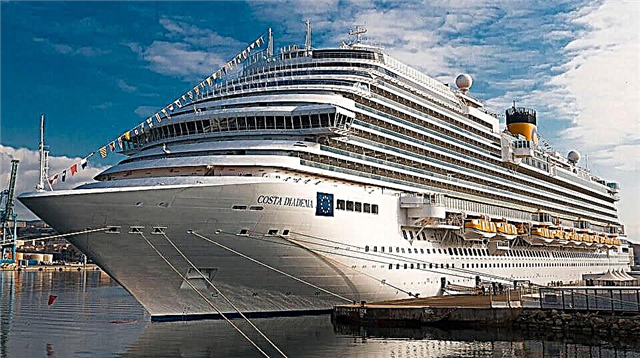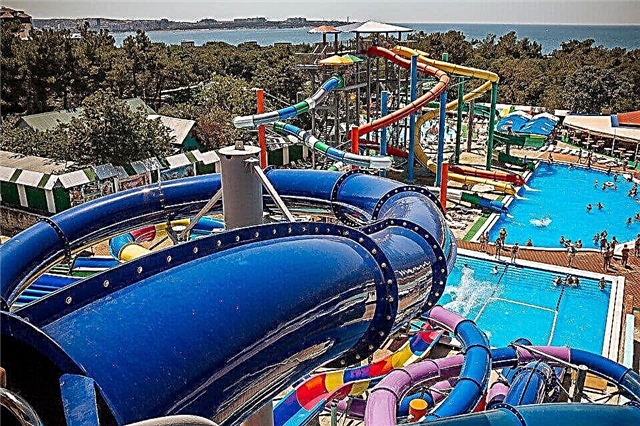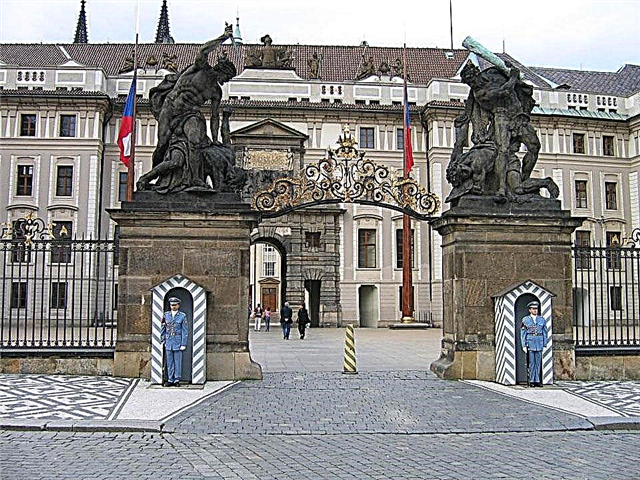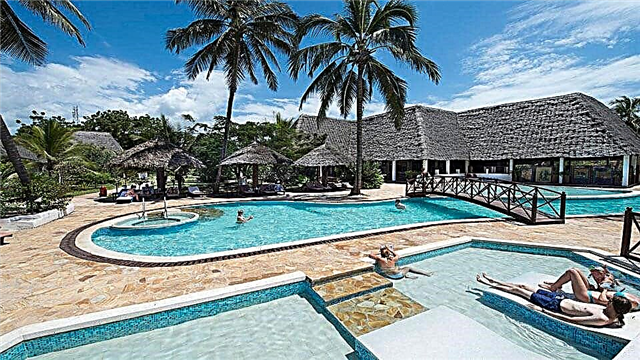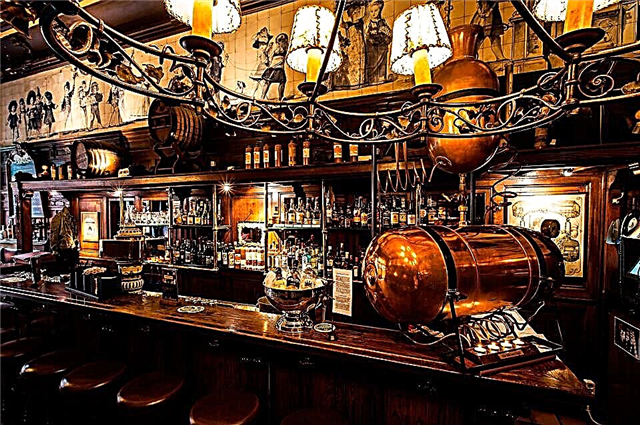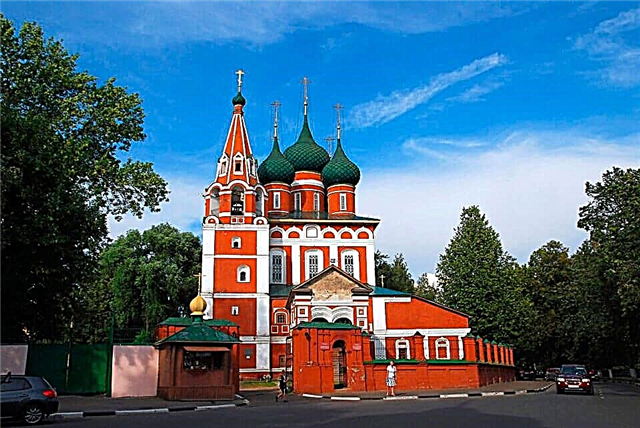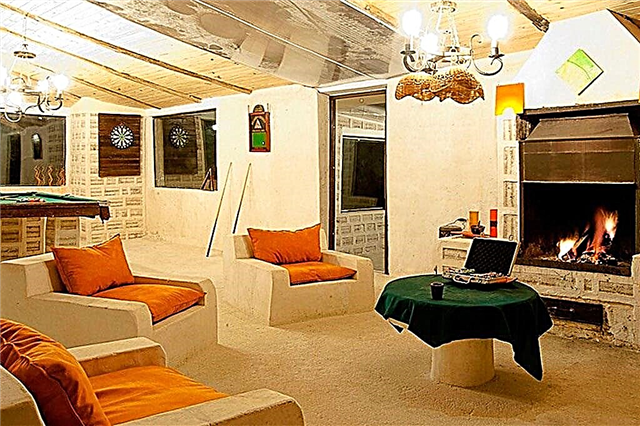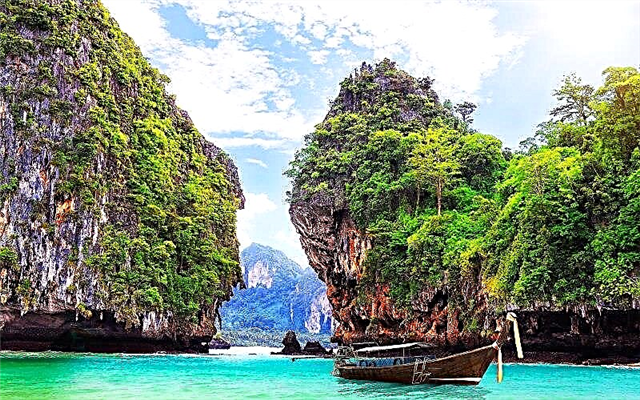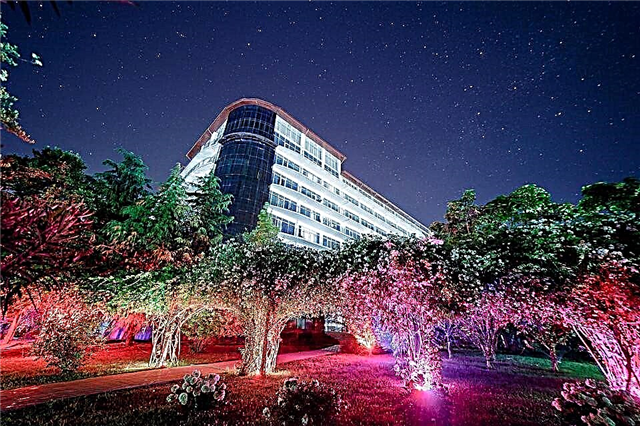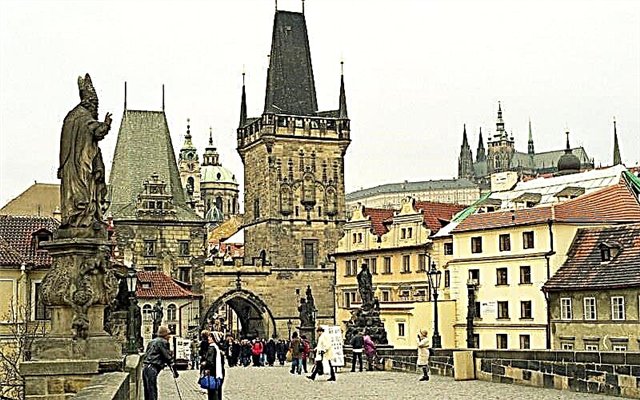The whole of Prague with its ancient streets, squares, districts is like a song woven from the bewitching corners of old dear to the heart. This is the region of the Czech capital - Mala Strana, a tour of which will be a real pleasure. We offer you a ready-made route.
History of the Little Country
 <
<
When you look at the "small town" from the hilly hills, a picturesque picture of a mosaic of red tiled roofs on numerous buildings, separated by the blue ribbon of the Vltava, and green blotches of squares and parks opens up. Mala Strana emerged at the dawn of the first millennium, when an important trade route connecting the East with the West ran through this place. The beginning of the settlement was laid by a stone bridge over the Vltava, erected during the reign of King Vladislav I, who saw the obvious economic benefits of the trade route.
The new bridge allowed loaded caravans of horse-drawn vehicles to pass through it, the owners of which paid tribute. Gradually, settlements began to grow on both sides of the river. In the second half of the 13th century, a city wall and defensive structures were built. They served as the basis for the formation of the Prague Small Town, which later received the name Mala Strana, which eventually became a region of luxurious palaces and mansions.
City-within-city attractions

The Charles Bridge
The Charles Bridge leads to Mala Strana, over which you can cross the Vltava. Everyone walking along the bridge is greeted by two ancient towers connected by a stone arch. One of them was built in the 12th century as a defensive, later used as a prison. For 2 centuries, it housed a customs office. The second, higher tower, built in the 15th century, served as a signal and at the same time served as a warehouse. Now both medieval buildings, after restoration, have become a kind of museums available for visiting.
Cathedral of Saint Nicholas
Once in this old area, you immediately feel its special medieval flavor: cobbled streets and alleys, baroque splendor of old buildings, many churches and churches. One of them, the Cathedral of St. Nicholas, was built for 52 years by the father and son of the Dientzenhofers, local Germans. The building of the church is an example of the Prague Baroque, with many stucco decorations, details of rich decor outside and inside.
The high bell tower together with the domed turret (79m) was built according to the project of Lurago, differs in style from the general ensemble of the church and is the property of the city, as evidenced by the stone statue of the coat of arms of Prague.

The unusually magnificent Baroque architecture, the somewhat pretentious beauty of the interior decoration of the temple make an amazing impression. The grandiose fresco painting "The Apotheosis of Saint Mikulas" is the largest in Europe. The domed fresco "The Apotheosis of the Holy Trinity" can be called a masterpiece of church wall painting.
The sculpture of Nicholas himself, cast from copper, the cross and other elements that adorn the main altar are admirable. The majestic side columns of gray marble, the monumental statues of clergymen inspire sacred awe. A real rarity here is the organ, the keys of which were touched by Mozart when he played it in 1787.
Mostetskaya street
Mostecka Street leads to the church, completely built up with beautiful mansions, at the bottom of which there are numerous shops and shops selling souvenirs, various gifts, puppets popular in the Czech Republic - toys depicting famous people, guided with thin ropes. Walking along Mostecka - acquaintance with the history of the past, with the monuments of architecture of the Middle Ages. Here, each mansion has its own face, perfectly fitting into the general enfilade of buildings.

Nerudova street
Of interest is Nerudova Street, named after Jan Neruda, a public figure, journalist and writer. Two ancient buildings are associated with his name here. House "At Two Suns", where he was born (it bears a symbolic emblem depicting a young man with a Masonic triangle) and the house "At the Three Black Eagles", where he lived the last years of his life. Almost every building on this street represents a historical object, has its own unique flavor.
Hradcany
At the end, Nerudova Street imperceptibly "flows" into Uvoz, leading to Hradcany, a former fortress city, one of the old 4 districts of Prague. It is located on a vast rocky hill of the Vltava left bank. In the old days, the settlement was protected by a reliable fence of the fortress walls (one of which retained the ancient name "Hungry").
Hradcany town hall
Despite the defensive structures, the town was repeatedly destroyed by the Hussite wars, burned down in 1541. But the peaceful times that have come have given new life to the citizens of Hradchans: rich people, churchmen have built up the territory with magnificent palaces and cathedrals. The district received a special prosperity after it was awarded the status of the "Royal City"; the Hradčany Town Hall became an architectural symbol of this event. On its doors, there is still a metal image of the "Prague elbow" - a kind of measure of length officially adopted in the state.

Strahov Monastery
It is here that the most ancient shrine of the Czech Republic is located - the Strahov Monastery. It was founded in 1140 by representatives of the monastic order of the Premonstrants, known for its strict vows. Despite repeated fires and destruction during the wars, they managed to save the monastery, breathing new life into it. In the 18th century, it opened the Public Library, which stores priceless ancient rarities in the form of old books and manuscripts, as well as a large collection of paintings and regular exhibitions of paintings.
Outwardly, the monastery complex looks very majestic, the snow-white walls, contrasting with the red tile roofs and green domes of the towers, create a unique picture that attracts hundreds of tourists. The beauty inside matches the outside: wonderful frescoes, rich stucco decorations, graceful sculptures make a strong impression.

Cherninsky Palace
Not far from the monastery is the unique building of the Cherninsky Palace, which now houses the Czech Ministry of Foreign Affairs. It took two decades to build and became the largest palace in Prague, the façade of which (150 m) occupied the entire length of Loretan Square. The architecture of the building underwent changes, but in 1918, a colossal restoration of the palace was returned to its baroque appearance. In the 40s of the 20th century, the Minister of Foreign Affairs Jan Masaryk lived and worked here, whose death in 1948 is still a mystery. Free access to the palace is prohibited, it can only be admired from the outside.
Prague Loreta
Hradcany has its own Prague Loreta, created after the Italian style, dedicated to the Virgin Mary. The "hut" in her honor was built on the initiative of Baroness Catarina, who in 1626 invited the Italian architect Orsi, who designed a copy of the shrine. As the legend says, bricks and logs brought from an Italian hut were used in its walls. After the construction, the building became an object of pilgrimage for believers. In 1631, a church was erected nearby, new buildings appeared, united after the reconstruction of the 18th century into a single architectural ensemble, the main style of which was the Baroque.

The amazingly beautiful complex cannot but admire the many artistically executed sculptures of the prophets of the Old Testament, moldings on the facades and pediments, and figured spiers. The clock tower combined with the bell tower is a true masterpiece of architecture.30 large and small bells were brought from Amsterdam, the original sound composition was composed in 1694 by the famous watchmaker Peter Neumann.
For the first time it (the composition) sounded on August 15, 1695, and since that time the bells inform everyone about every hour and in our time. A great contribution to the creation of the divine architectural monument was made by Krishtof and Kilian Dientzenhofer, who engraved their names in the construction of the Church of St. Nicholas in Mala Strana.

Visiting these districts of Prague is a journey into the great Past and the bright Present.

